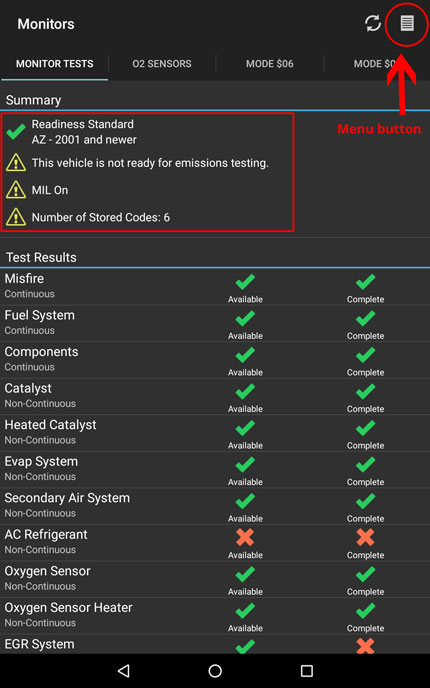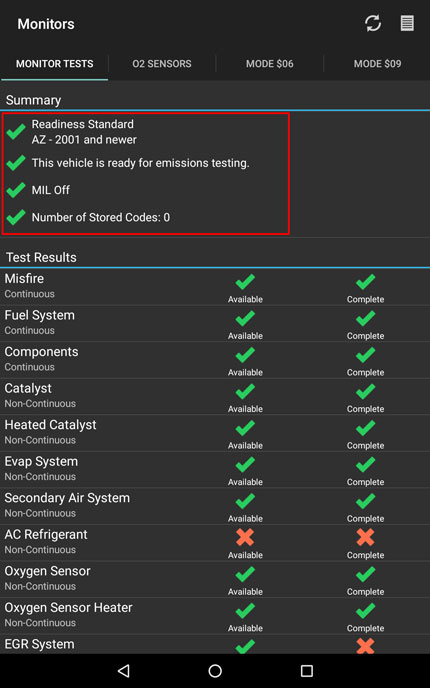How to Pass Your Emissions Test
This entry was posted on April 9, 2016.
Does your state require an emissions check before renewing your registration? These checks verify that your vehicle is not putting harmful vapors into the air. Most states now use an OBD-II test to confirm your vehicle is not violating standards required by the U.S. Environmental Protection Agency (EPA).
To pass an OBD-II emissions test, a vehicle must:
- Have a functional 'Check Engine' light and OBD port
- The 'Check Engine' light must be off
- Successfully complete the OBD-II system monitors that are built-in to the vehicle
If you clear the 'Check Engine' light, or reset the OBD-II monitors right before your emissions test, your vehicle typically will not pass because the catalyst and EVAP monitors need time to run. You might need to drive your vehicle for several more days, allowing any trouble codes and the 'Check Engine' light time to recur. If the light reappears, you'll need to address the fault, then drive around for a few days before your state will consider your vehicle "ready" for an emissions test. If it's not in a "ready" state, your vehicle will automatically fail.
Using OBDLink, you can easily monitor emissions readiness after fixing an emissions problem, and be assured that your vehicle is in a "ready" state. You can also pre-test your vehicle, and confirm that it will pass without issue. Here's how:
- Connect to the OBDLink app
- Tap 'Monitors'
- In the top right corner, click the menu icon to choose which state you reside in (left image below)
- The screen will automatically populate with either a "Not Ready" warning (left image below), or with a "Ready" green check (right image below)












